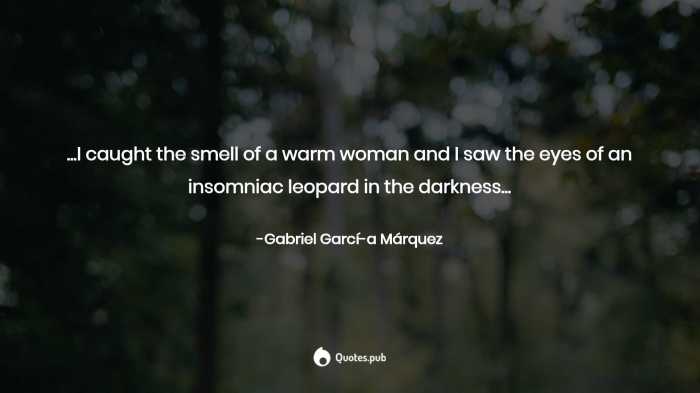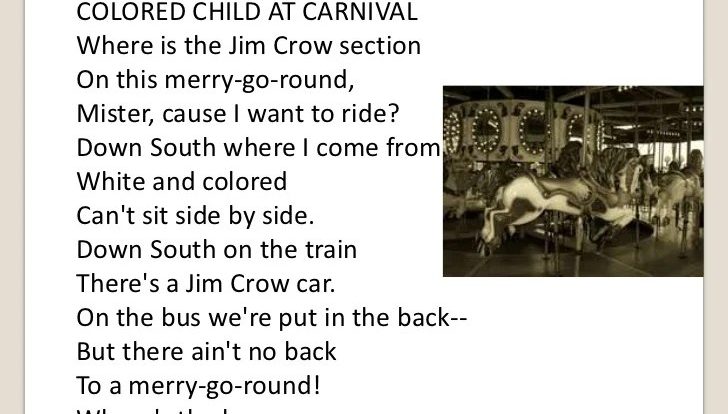Allusions for to kill a mockingbird – Allusions in “To Kill a Mockingbird” serve as literary and cultural touchstones, enriching the novel’s depth and complexity. From historical and biblical references to social and structural allusions, these devices illuminate themes of morality, justice, and the human condition.
Through its exploration of historical events and literary works, “To Kill a Mockingbird” draws parallels between the past and present, highlighting the enduring nature of human struggles. Biblical and religious allusions provide a moral compass, shaping the characters’ actions and motivations.
Historical and Literary Allusions
Allusions to historical events and literary works add depth and complexity to “To Kill a Mockingbird.” These references connect the novel to broader cultural and historical contexts, enhancing its themes and character development.
Historical Allusions
Historical allusions evoke real-world events, such as the Scottsboro Trials, which involved the false accusation of nine black men for raping two white women in Alabama in 1931. The trial’s parallels to the Tom Robinson case highlight the systemic racism and injustice prevalent in the American South during the Jim Crow era.
Literary Allusions, Allusions for to kill a mockingbird
Literary allusions draw inspiration from other works of literature, such as Shakespeare’s “Julius Caesar.” The character of Atticus Finch, a moral and just lawyer, shares similarities with Brutus, a noble but ultimately tragic figure. This allusion suggests that Atticus’s unwavering commitment to justice may come at a personal cost.
Allusions to “The Scarlet Letter” and “The Adventures of Huckleberry Finn” further enrich the novel’s exploration of themes such as sin, redemption, and the complexities of human nature.
Biblical and Religious Allusions: Allusions For To Kill A Mockingbird
The novel “To Kill a Mockingbird” is replete with biblical and religious allusions that serve to enhance its exploration of morality, justice, and innocence. These allusions draw parallels between the characters and events in the novel and figures and stories from the Bible, providing a deeper layer of meaning and resonance.
The Mockingbird as a Christ Figure
One of the most significant religious allusions in the novel is the portrayal of Tom Robinson as a Christ figure. Like Jesus, Tom is an innocent victim who is falsely accused and unjustly condemned. He is betrayed by those he trusted, and his death serves as a symbol of the suffering and injustice that innocent people often endure.
The Garden of Eden
The setting of the novel, Maycomb, is often compared to the Garden of Eden. It is a place of innocence and beauty, but it is also a place where sin and evil exist. The children’s exploration of the Radley Place is reminiscent of Adam and Eve’s exploration of the Garden of Eden, and the discovery of Boo Radley parallels the discovery of the serpent.
The Last Supper
The scene where Atticus Finch defends Tom Robinson in court is often seen as a parallel to the Last Supper. Atticus, like Jesus, is a solitary figure who stands up for what is right, even when it is unpopular. The twelve jurors represent the twelve disciples, and the verdict of “not guilty” is a symbolic victory for justice and innocence.These
are just a few of the many biblical and religious allusions present in “To Kill a Mockingbird.” These allusions add depth and meaning to the novel, exploring themes of morality, justice, and innocence through the lens of religious symbolism and imagery.
Cultural and Social Allusions
To Kill a Mockingbirdis a novel that is rich in cultural and social allusions. These allusions help to create a vivid picture of the time and place in which the story is set, and they also provide insights into the characters’ thoughts and feelings.
In addition, the cultural and social allusions in the novel help to explore the complex themes of race, prejudice, and discrimination.
American History and Culture
One of the most important cultural and social allusions in the novel is to the American Civil War. The novel is set in the 1930s, but the events of the Civil War still cast a long shadow over the community of Maycomb, Alabama.
The novel’s characters frequently refer to the war, and they often use it as a way to explain the racial tensions that exist in their community.
Another important cultural and social allusion in the novel is to the Jim Crow laws. The Jim Crow laws were a system of segregation that was enforced in the Southern United States from the late 1800s until the mid-1900s. The Jim Crow laws required African Americans to use separate facilities from whites, and they also prohibited interracial marriage and other forms of social contact.
The Jim Crow laws are a major source of tension in To Kill a Mockingbird, and they help to explain why the novel’s characters are so divided along racial lines.
Southern Culture
In addition to its allusions to American history and culture, To Kill a Mockingbirdalso contains a number of allusions to Southern culture. These allusions help to create a sense of place in the novel, and they also provide insights into the characters’ values and beliefs.
One of the most important Southern cultural allusions in the novel is to the concept of honor. Honor is a very important value in the South, and it is often associated with courage, loyalty, and integrity. The novel’s characters frequently refer to honor, and they often use it as a way to justify their actions.
Another important Southern cultural allusion in the novel is to the concept of family. Family is very important in the South, and it is often seen as a source of strength and support. The novel’s characters frequently refer to their families, and they often use them as a way to explain their motivations.
Structural and Thematic Allusions
In To Kill a Mockingbird, Harper Lee employs a range of literary devices to create a profound and thought-provoking narrative. These devices, including foreshadowing, symbolism, and irony, serve to enhance the novel’s sense of suspense, foreshadow upcoming events, and contribute to its overall message and themes.
Foreshadowing
Foreshadowing is a technique used to hint at or suggest future events. In To Kill a Mockingbird, Lee masterfully uses foreshadowing to build anticipation and create a sense of unease. For instance, the novel opens with Scout’s recollection of the events surrounding the death of Boo Radley’s father.
This seemingly innocuous incident foreshadows the tragic events that will unfold later in the novel, involving the trial of Tom Robinson and the prejudice and violence that plague Maycomb.
Question Bank
What is the significance of the historical allusions in “To Kill a Mockingbird”?
Historical allusions draw parallels between the events of the novel and real-world events, providing a broader context for understanding the characters’ struggles and the social issues they face.
How do religious allusions contribute to the novel’s exploration of morality?
Religious allusions provide a moral framework for the characters’ actions, highlighting the tension between personal beliefs and societal expectations.
What is the purpose of the structural allusions in “To Kill a Mockingbird”?
Structural allusions, such as foreshadowing and irony, create a sense of anticipation and suspense, enhancing the novel’s emotional impact.

